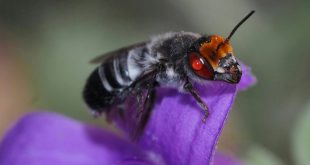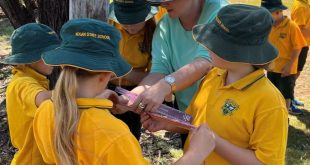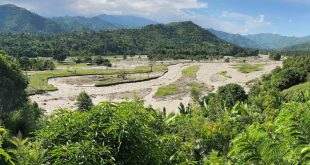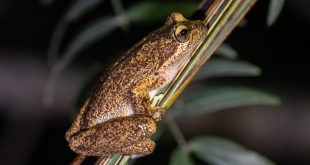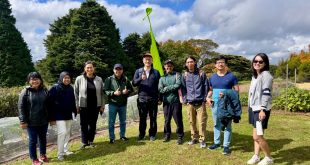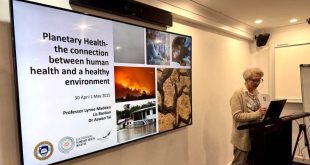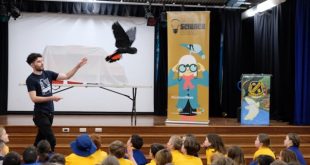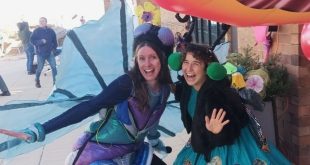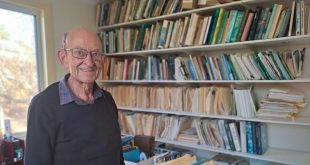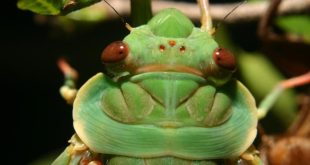Native bee researcher Kit Prendergast installed a thousand bee hotels in the Jarrah forests of Western Australia following the Black Summer bushfires. Did this intervention work? Read her article here.
Read More »Educators/Researchers
We found a new wasp! Students discovering new insect species through citizen science
Playgrounds can host a variety of natural wonders – and, of course, kids! Now some students are not just learning about insects and spiders at school — they are putting them on the map and even discovering and naming new species.
Read More »Scientists say protected areas need ‘climate-smart’ planning to survive climate change
Protected areas such as national parks, nature reserves and Indigenous lands are the foundation of biodiversity conservation. However, climate change is threatening their effectiveness in safeguarding wildlife, ecosystem services and livelihoods.
Read More »Photographing Littlejohni, the Rare Northern Heath Frog, in Woodford
Andy Klotz and other members of the Hawkesbury Herpetological Society recently managed to photograph the rarely seen and endangered Litoria littlejohni, also known as the Northern Heath Frog or Orange-bellied Tree Frog. We interviewed Andy to learn more about the Littlejohni and how they managed to find its small local population in Woodford.
Read More »Advancing Science Communication for Planetary Health
Building science journalism is pivotal to tackling planetary health, and collaborating internationally is critical as we work together to protect the health of all species. In early April the Blue Mountains Planetary Health Centre took part in a project funded by the Department of Foreign Affairs and Trade (DFAT) entitled “Advancing Science Communication for Planetary Health”
Read More »Future Doctors Learn About Planetary Health
Last week around 160 first year medical students were introduced to Planetary Health and Dharug culture at the Planetary Health Centre, with presentations by Professor Lynne Madden from Notre Dame, Lis Bastian from the Planetary Health Centre and Dharug man Chris Tobin.
Read More »Helping the Glossy Black Make a Comeback
The South Eastern Glossy Black Cockatoo is one of Australia's rarest native birds, with a population of just 8,000. Happily the staff and students at Glenbrook Public School were not willing to give up on the flocks who make their home in the Blue Mountains region, with the Glossy Black Cockatoo as the theme for their recent National Science Week program.
Read More »Insects and Ecology Take Centre Stage at MAGNIFY
Ever wondered what the world looks like to a tiny insect? That question was the basis of a recent interactive community performance MAGNIFY, featuring environmental songstress Amelie Ecology and hosted by Wildground Creative Adventures.
Read More »Learning About Systems Thinking from a Bat Cave!
Life is made up of complex systems in which everything is inter-connected. Over his decades-long teaching career, Stuart Hill, a retired Emeritus Professor, and Linden resident, has helped hundreds of students understand the critical relationships between human actions and the health of our planet.
Read More »Magical Creatures: the Under-appreciated Role of Insects in Our Gardens
There is an army of hard-working environmental warriors all around us: in soil, on plants, in the air and in the water. Insects are our hidden allies. They protect, develop and maintain our natural environments, and yet their contribution is so often misunderstood, ignored or actively maligned.
Read More »